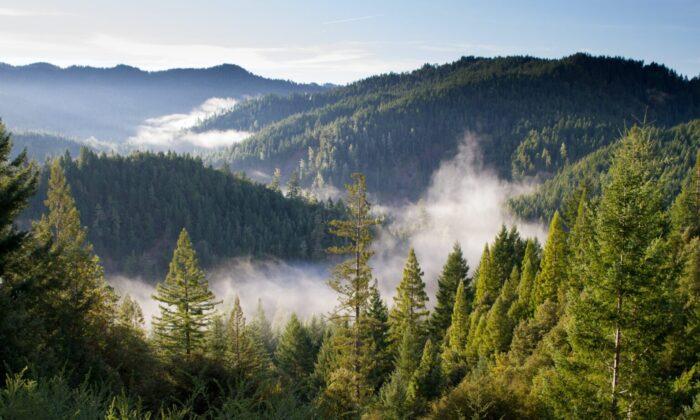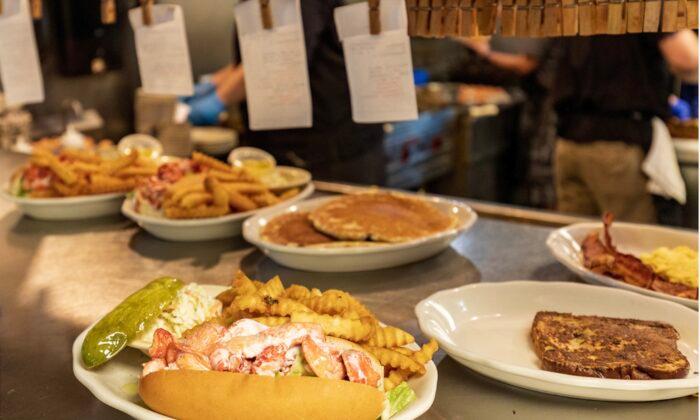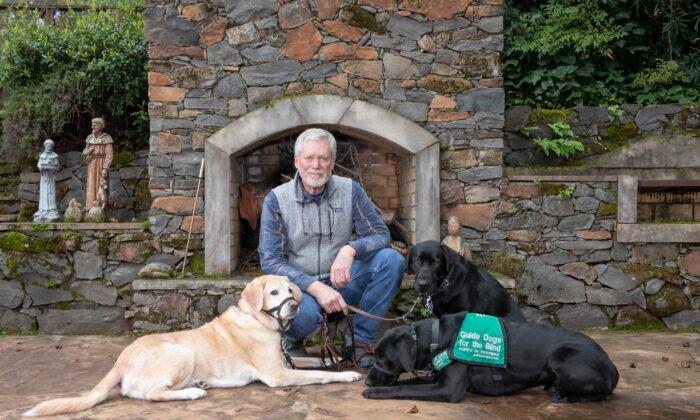“I love trees,” said the forester. His name is Cliff Foster, and I believe him.
But how does that square with the environmentalists’ view that foresters and loggers are chain-saw-wielding tree slashers who are only a few generations away from J. R. R. Tolkien’s orcs?
My view of loggers wasn’t that extreme, especially since my second great-grandfather owned the Brown Paper Company in Berlin, New Hampshire. But I had an uncomplimentary opinion of loggers that had developed many years before.
“The first time we saw the desolation caused by their handiwork, we were driving down a road that we had traveled many times when suddenly we turned a corner and saw a vast expanse of broken tree stumps and piles of dirt, mixed with wood chips and underbrush. It had been a beautiful stretch of woods, inhabited, I’m sure, by a variety of now displaced creatures.
My wife and I tend to shudder in dismay whenever we drive by a section of woods that developers are clearing away for new houses. Neither of us feels very good when we hear chain saws at work. But life is complicated, and there’s always another side to every story.
I began to pay attention to the tragedy of California’s wildfires that have not only devastated millions of trees but have laid waste to the homes and lives of both animals and humans.
“Year after year, environmentalists litigated and lobbied to stop efforts to clear the forests through timber harvesting, underbrush removal, and controlled burns. Meanwhile, natural fires were suppressed and the forests became more and more overgrown. The excessive biomass competed for the same water, soil, and light a healthier forest would have used, rendering all of the trees and underbrush unhealthy. It wasn’t just excess biomass that accumulated, but dried out and dead biomass.”Then, one day in Maine, I was talking to Cliff, who just happened to be a forester, and he mentioned “selective cutting,” a term that was new to me. I sat down with Cliff and heard him utter those magnificent words:
“I love trees.”Of course, I should have known that a forester can love trees, but we don’t know what we don’t know, and that can cause tragedies in the world, including the devastation of wildfires in California. In my discussion with Cliff, I learned a great many things.
Cliff Foster has been working with trees for seventy-six years and has been a forester and forester consultant for almost that long. He started helping his father after WWII with a crosscut saw and a bucksaw. Cliff served in the Navy during the Korean War as an engineman on a destroyer escort and, in classic Navy fashion, met Ruth, his bride-to-be, at a roller skating rink in Hartford, Connecticut. He asked her if he could drive her home, and she said no. Very proper, for the era. But he persevered and married her, and now they have four grown sons.
After college, he joined the Maine Forestry Service in 1959, when he was twenty-eight. He worked his way up to the role of Southern Regional Director and then retired from the service after thirty years. During his tenure, he oversaw the planting of three million trees on three thousand acres of land.
Cliff began a forestry consulting business in 1986 called Timberstate G. Now retired, his son, Greg, manages the company, which creates forestry management plans for hundreds of private owners of timberland covering forty-thousand acres a year.
He told me that what I saw in Virginia was the result of “clear-cutting,” a practice that has been all but abandoned in Maine. It sometimes needs to be done with patches of woodland that have become diseased or have been invaded by insects that could spread. But generally, foresters in Maine use other methods.
Cliff promotes and uses a method called “selective cutting,” which involves individually selecting trees to be cut while leaving a large portion of the trees to continue their growth. It’s not done randomly. The best practice is to cut the weakest and poorest trees first, which will then be turned into pulp.
A few years later, the next round of cutting will be focused on the trees that are slightly better and larger that can be used for small planks and items like lobster traps—although now lobster traps are being made of steel.
The third level of cutting includes trees that will be turned into “saw timber”—hemlock and spruce for framing houses and high-quality pine for finish work.
One of Cliff’s methods is to let good trees grow for decades before they’re cut because big trees produce wooden planks that are wider. He showed me some piles of very wide planks on the second floor of his garage and pointed out that the highest quality planking is virtually free of knots.
“If you have a garden, what’s one of the first things that you do in that garden after it gets growing? Weed. Pull the weeds. If you want to have a good garden, you have to get rid of the weeds. That’s what we do in the woods. It’s the same thing, essentially.
In his opinion, the activists and legislators who worked to stop all cutting ended up harming far more trees than they saved from the loggers’ chain saws.



This article was originally published in American Essence magazine.






